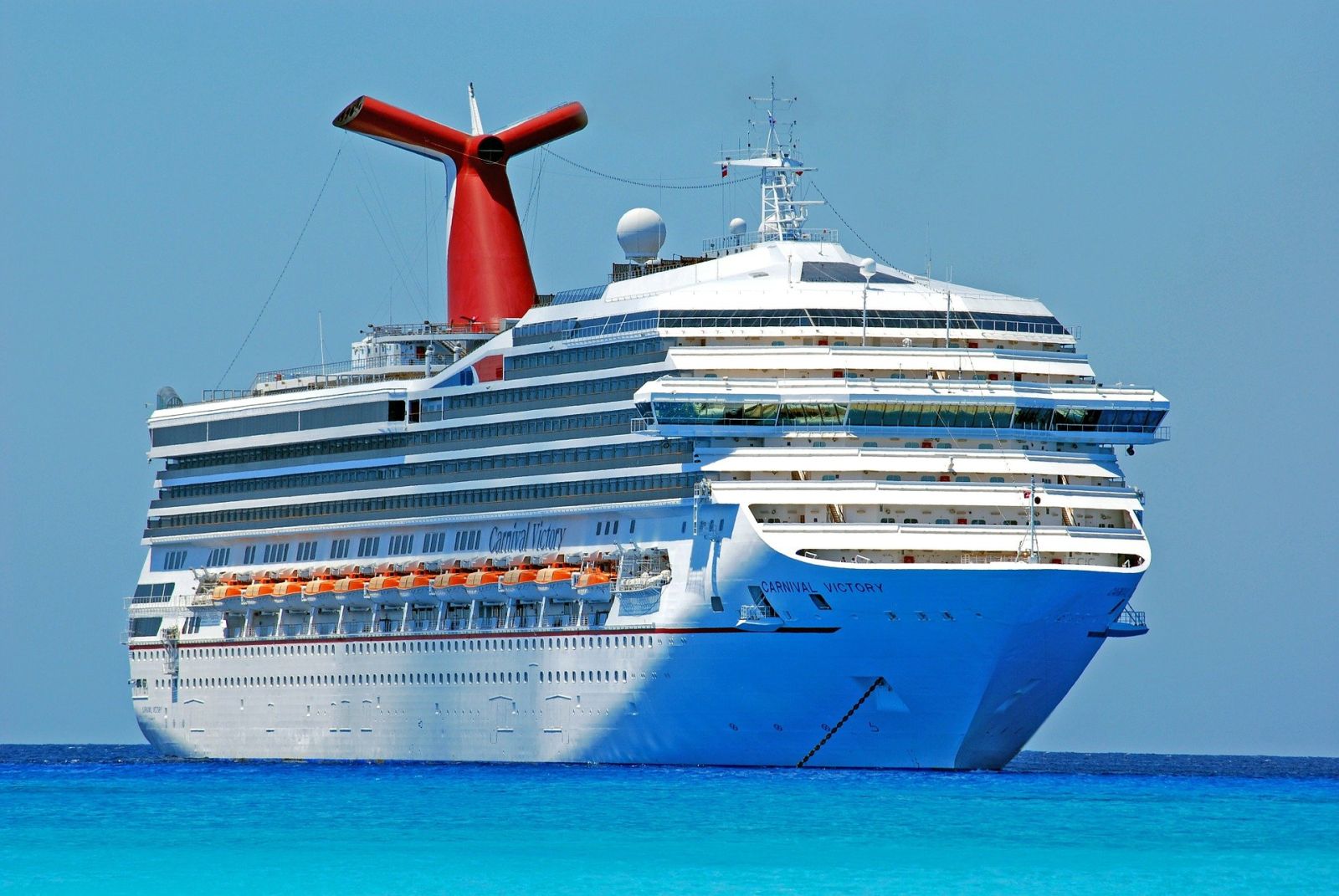
After two years of the pandemic, people are eager to travel again. As a result, the travel industry is doing well in summer 2023. Demand for travel is strong, and businesses are reporting record profits.
Resurgent summer travel demand is often a tailwind for the airline industry. The weather in the Northern Hemisphere is warm, the kids are out of school, and businesses often slowdown, especially in August.
Demand for air travel has been strong, and airlines are reporting record profits. Year to date (YTD) the U.S. Global Jets ETF (JETS) is up an impressive 28.75%

Much of this is due to pent-up demand which is driving up airfares. Also, the price of oil is down more than 5%, YTD which is a boon for airlines. This is because fuel is one of the biggest expenses for airlines, so lower fuel prices mean higher profits.
However, there are some challenges that the industry is facing. The airline industry is facing staffing shortages, which is causing flight cancellations and delays. This is due to a number of factors, including the retirement of older workers during the pandemic and the difficulty of hiring new workers in a tight labor market. Also, global airline capacity for short and long-haul flights remains below 2019 pre-pandemic levels due to the staffing shortages. This low capacity creates a supply-demand imbalance that pushes airfares higher.
And airfares are rising in summer 2023 due to strong demand and low fuel prices. This is making it more expensive to travel, but it is also helping airlines to boost their profits.
“Consumers are proving resilient to the cost-of-living crisis, and we expect the strong demand environment to continue [through] the summer months,” said Harry Gowers, European Airlines and Travel Retail Analyst at J.P. Morgan.
But it’s not just airlines. Resilient summer travel demand spells good news for the hotel industry. Hyatt Hotels (H) is up 31.25% YTD and Marriott International (MAR) is up 27.6% YTD.
While overheads costs are increasing due to inflation, hotels are successfully passing them on to consumers, as seen in higher RevPAR (revenue per available room).
The cruise industry is also rebounding after a lengthy period of Covid restrictions. Carnival (CCL) is up a whopping 126.18% YTD and Royal Carribean (RCL) is up 101.06% YTD.
JPMorgan's (JPM) Chase credit card data for the “Other Travel and Entertainment” category, which includes cruise-related spending, tracked a +47% increase since 2019.
The pandemic was the largest demand shock in the cruise industry’s history. Still, JPMorgan sees the industry benefiting over the next three years from the growth of the experience economy and premium fleet offerings with higher ticket prices.
On the date of publication, Andy Mukolo did not have (either directly or indirectly) positions in any of the securities mentioned in this article. All information and data in this article is solely for informational purposes. For more information please view the Barchart Disclosure Policy here.






